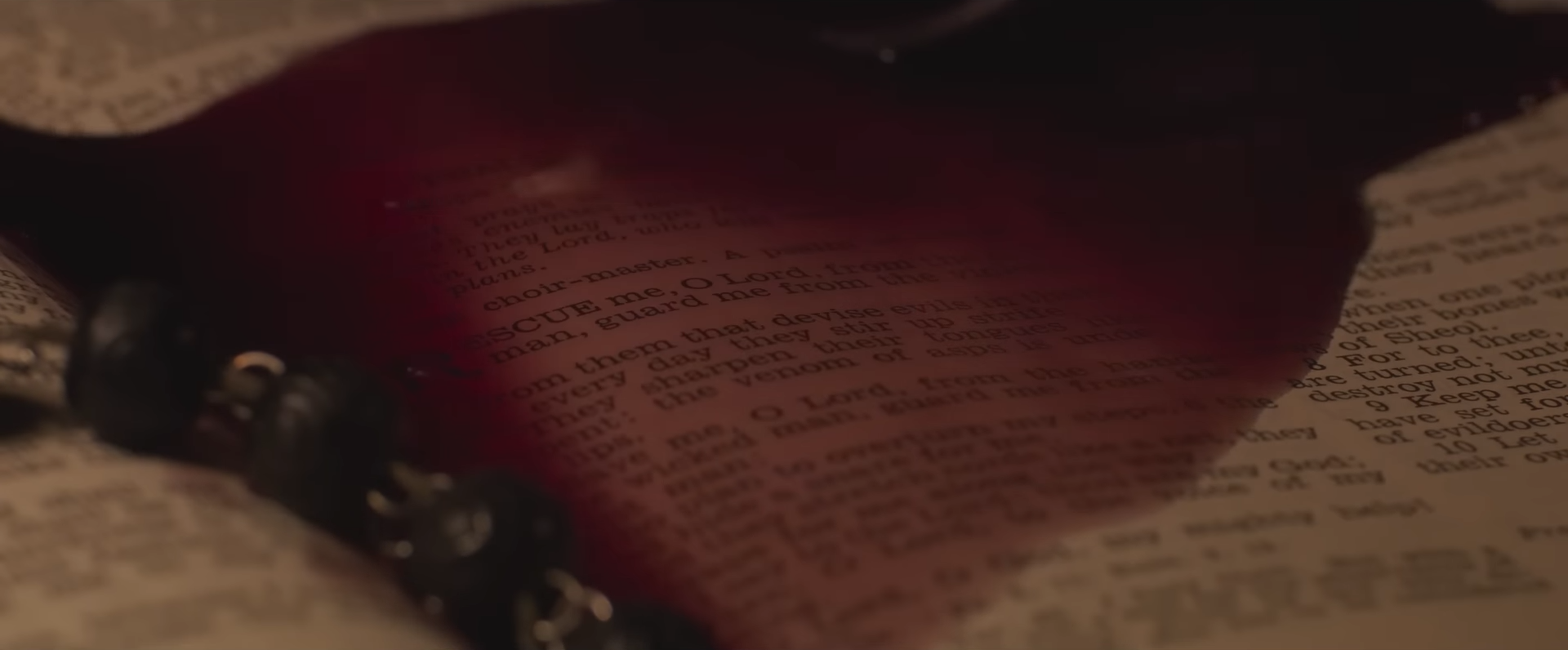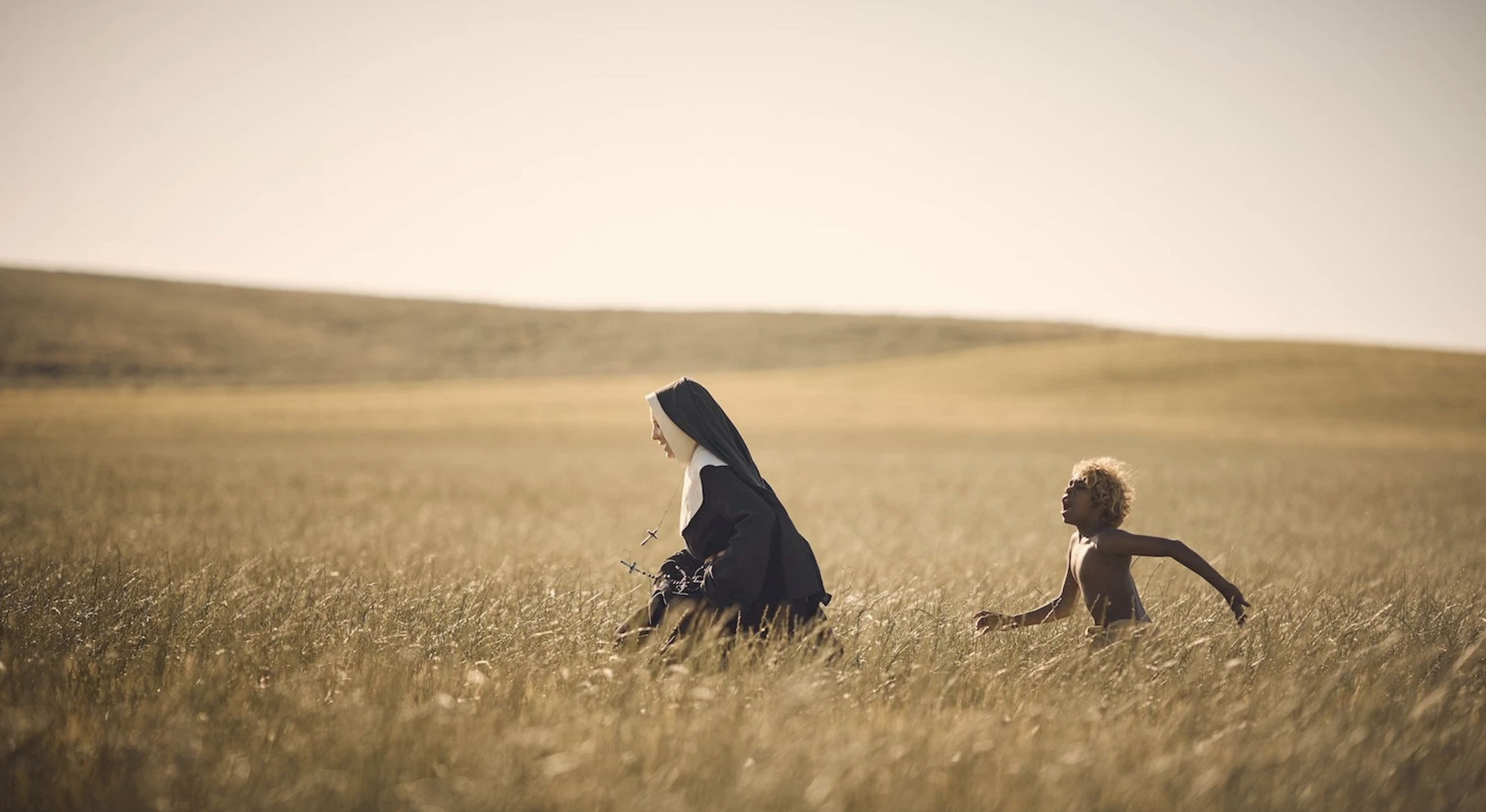Warwick Thornton | 1hr 56min

Ever since his directorial debut in 2009, Warwick Thornton has positioned himself as Australia’s leading Indigenous filmmaker with a flair for genre dexterity, pivoting from harsh social realism in Samson and Delilah to a colonial western in Sweet Country. With his third solo narrative feature film, The New Boy, he defies expectations once again, this time pushing the formal boundaries of his psychological drama with an air of ethereal, magical realism.
It especially seems to emanate from the most recent arrival at Sister Eileen’s remote orphanage, located somewhere in the dry heartland of 1940s South Australia. This mute, nameless Indigenous boy is found in the sweltering wilderness with no home or family, and as such his mystical connection to the land that he apparently sprung from makes for somewhat of a mystery. From there, Thornton delicately weaves a surreal allegory for spirituality, assimilation, and colonialism’s rigid stranglehold on ancient powers far greater than any settler’s understanding, and possessing greater spiritual dimensions than any imported religion.
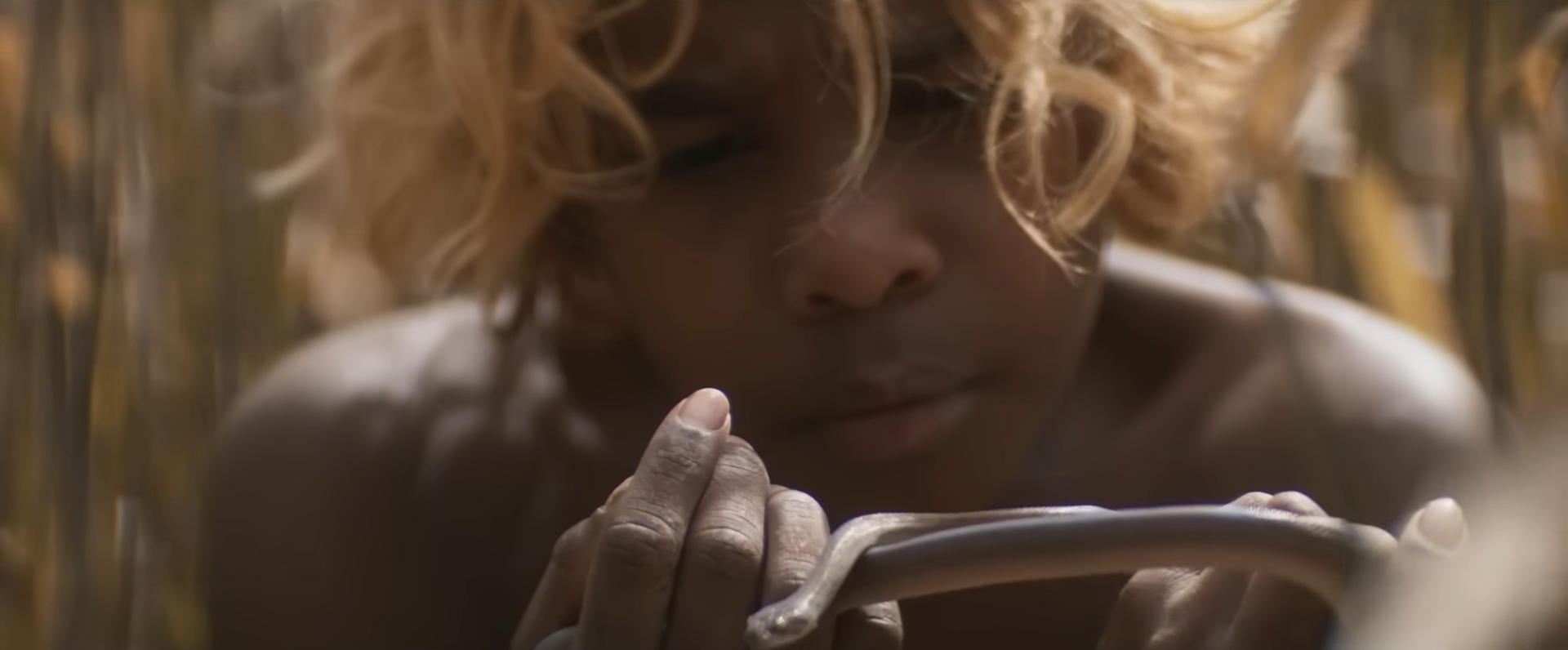
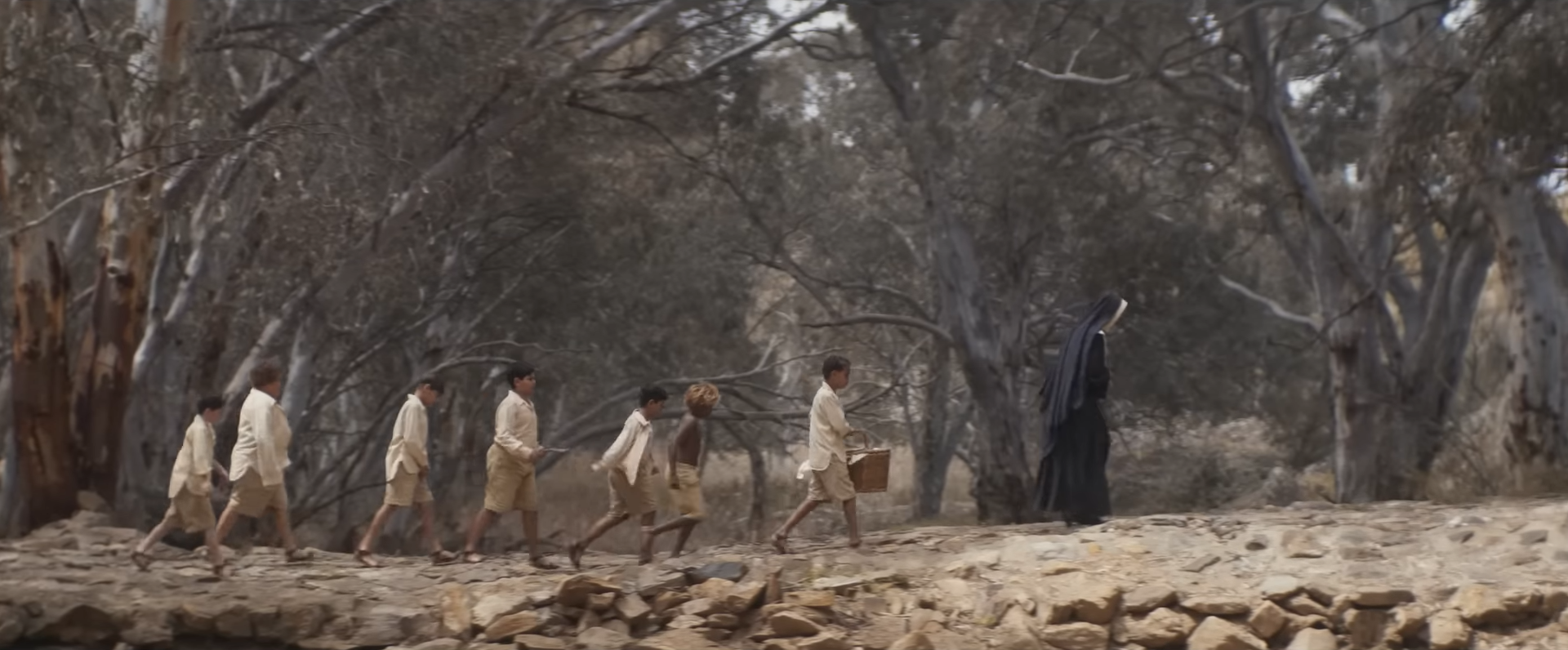
Next to Aswan Reid’s subtle performance as the titular ‘new boy’, Cate Blanchett offers a fascinating turn as the unofficial head of the orphanage, Sister Eileen. She sets the tone for the compassionate culture here, devoutly ensuring that each boy receives a religious education so that they may be baptised on their thirteenth birthday and sent out to work on rural sheep stations. Only when her small chapel finally receives a sculpture of Christ to hang on its empty cross does she notice strange phenomena around the new boy, who develops a strange connection to the icon. His palms develop open wounds and begin to bleed, marking him with stigmata, and soon he begins bringing animal sacrifices to its altar. For Sister Eileen, her prayers expressing divine wonder and desperate questions of what it all means turn to fearful suspicion when she is met with silence from both him and God. His merging of Christian and Indigenous iconography sits far outside the realm of her structured religious culture, leaving the boy totally ostracised within the confines of his new home.
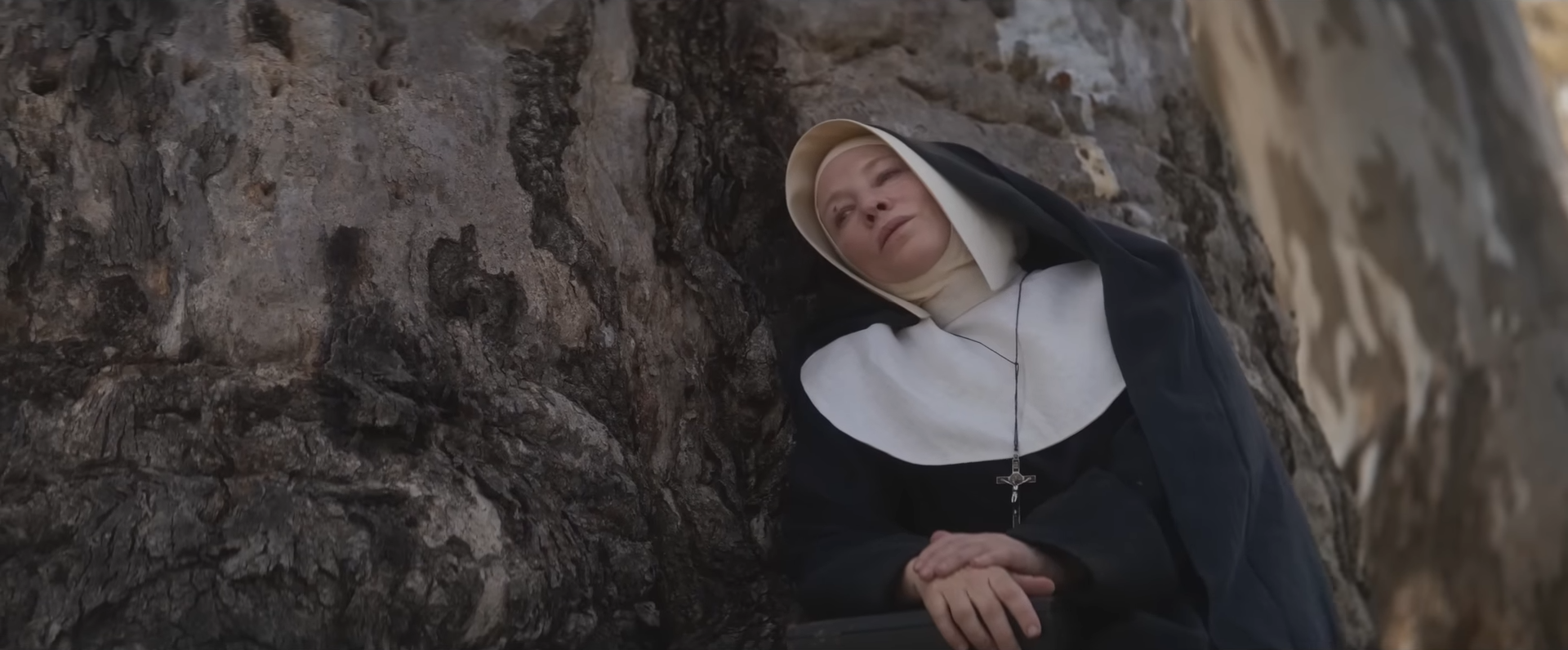

Absolutely crucial to the complex relationship Thornton crafts here between this pair of spiritual beliefs is the ravishing beauty which encompasses them in the yellow panoramas, rushing creeks, and withering vegetation of outback Australia, characterising the land as the boy’s mystical source of power. Against burnt orange sunrises and cloudy purple sunsets, Sister Eileen’s monastery is often silhouetted as the sole manmade structure too, blessed by the warm, natural light which shines through the church’s windows in golden beams.
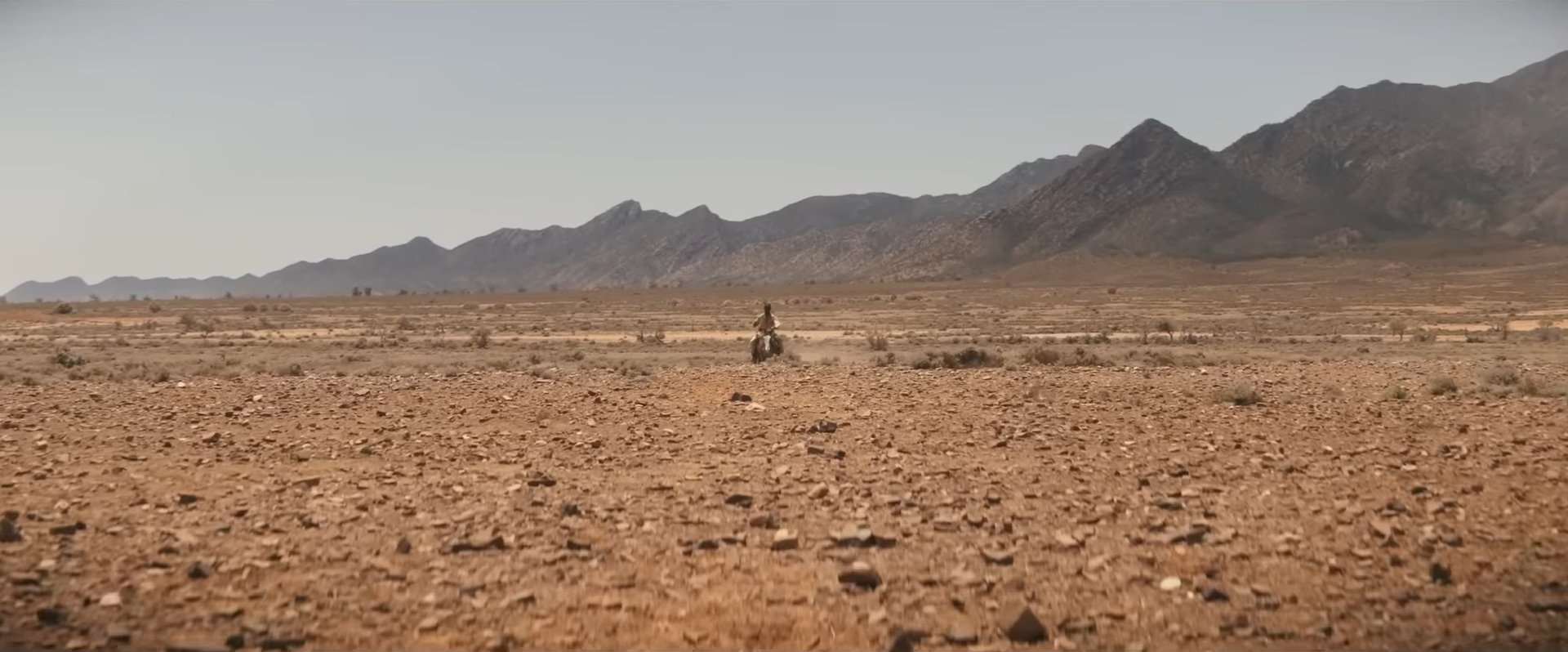

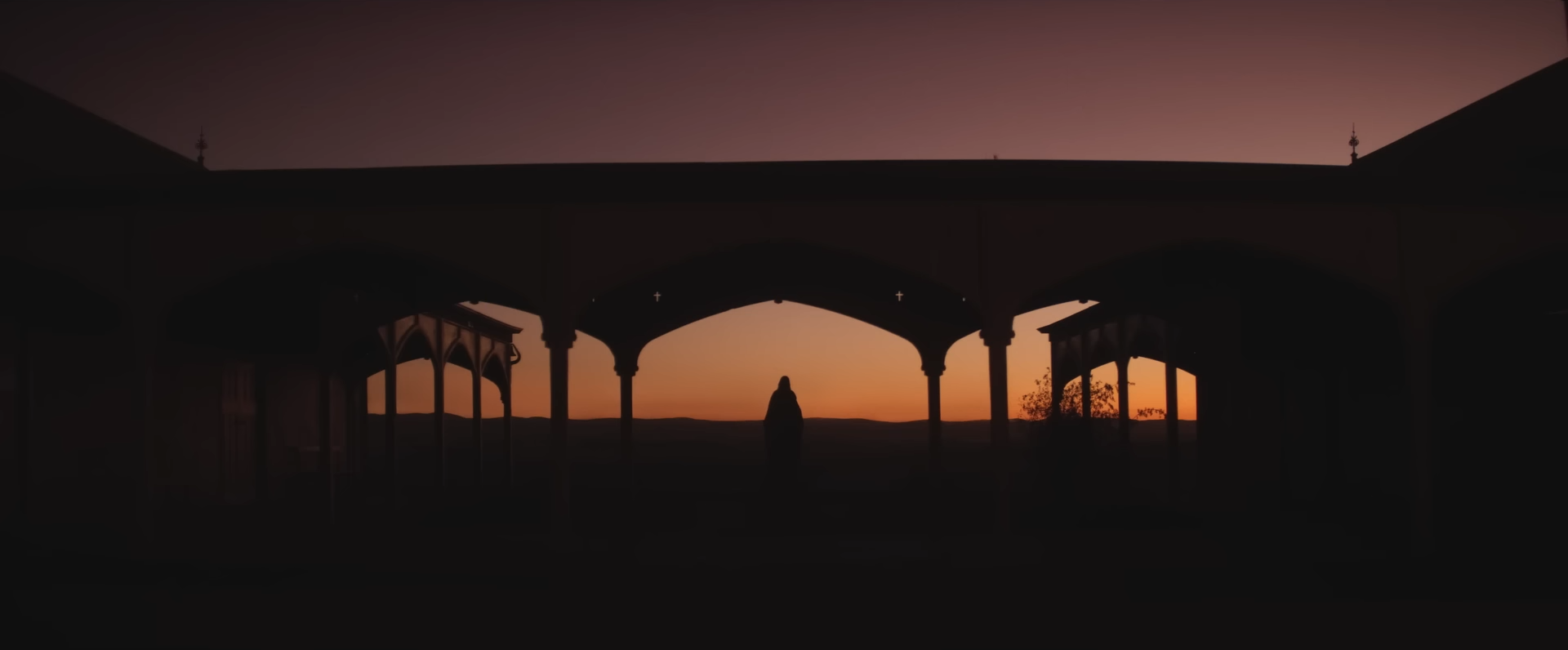
For as long as her small community humbly respects the formidable environment it resides within, there is harmony that exists between them, represented in the perfect union of beliefs within the new boy. When one child residing there is bitten by a snake, the new boy is the one who uses his esoteric wisdom to cure him, and so too does Thornton imply his influence over the atmosphere itself as his hand gently commands the movement of dust in the air. Like the natural world though, this power can be temperamental when it is threatened, seeing him inadvertently set a nearby hill on fire with a random lightning strike after he is chastised by the nuns for his unconventional worship of Christ.
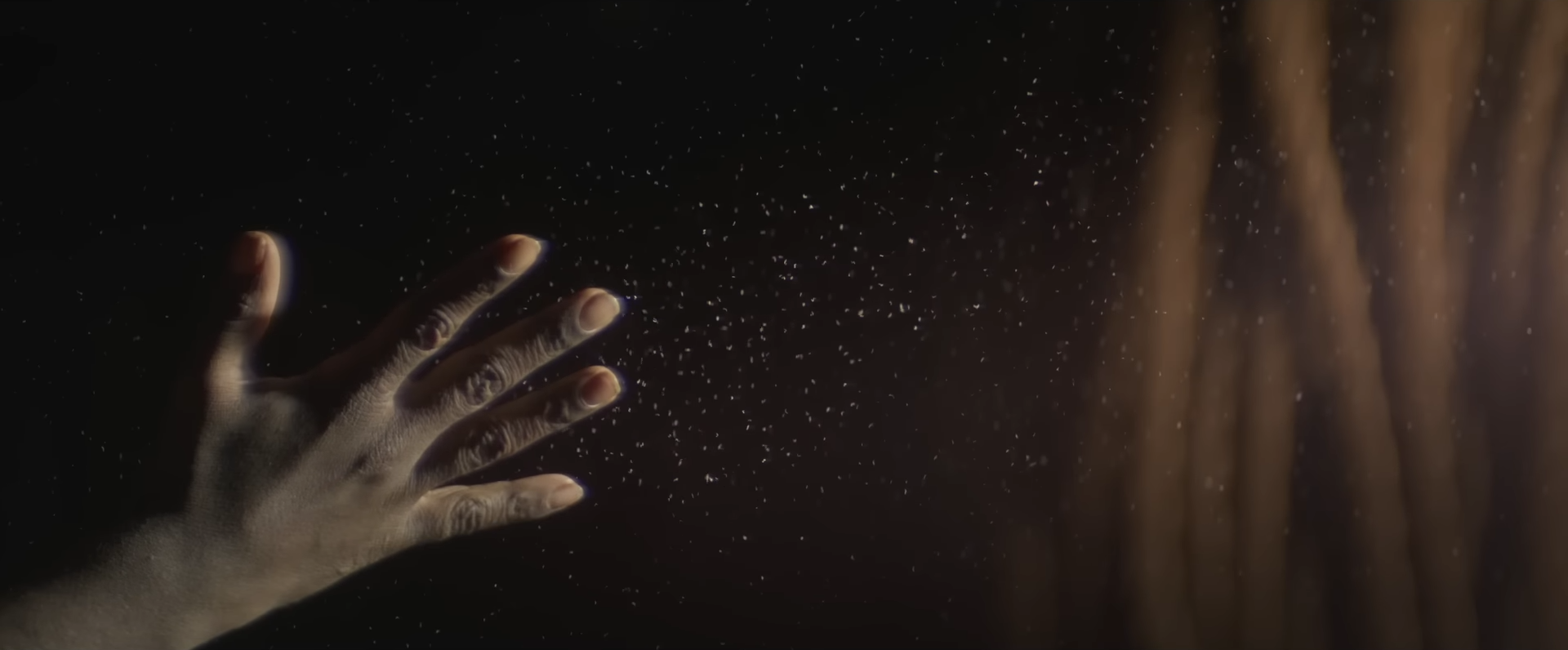
For those colonisers who see the powerful, mystical connection that Indigenous cultures have with the Australian wilderness, unfathomable in their ancient unknowability, it becomes seemingly apparent that the only way to ensure their own survival is to tame both. Though the new boy openly adopts tenets of their faith, embodying a religious pluralism that simultaneously finds fulfilment in his Indigenous beliefs and Christianity, his extraordinary faith is not valued without total obedience to the latter.
This is obviously not easy for a nameless child who never quite learns the customs of polite society though. He would much rather slurp from his bowl than learn to use a spoon, and prefers to joyfully dance on tables rather than on the ground with the other children. His expressions of faith are unorthodox but deeply felt, even taking the Christ sculpture down from the cross, feeding him jam, and tucking him into bed in much the same way he was cared for when he arrived. He may not pray out loud, but the one word he does finally learn to say conveys it all in his perpetual repetition of “Amen.” His most personal expression of faith though is the tiny, flickering ball of light which keeps him company, like a playful spirit upholding that sacred bond between man and country.
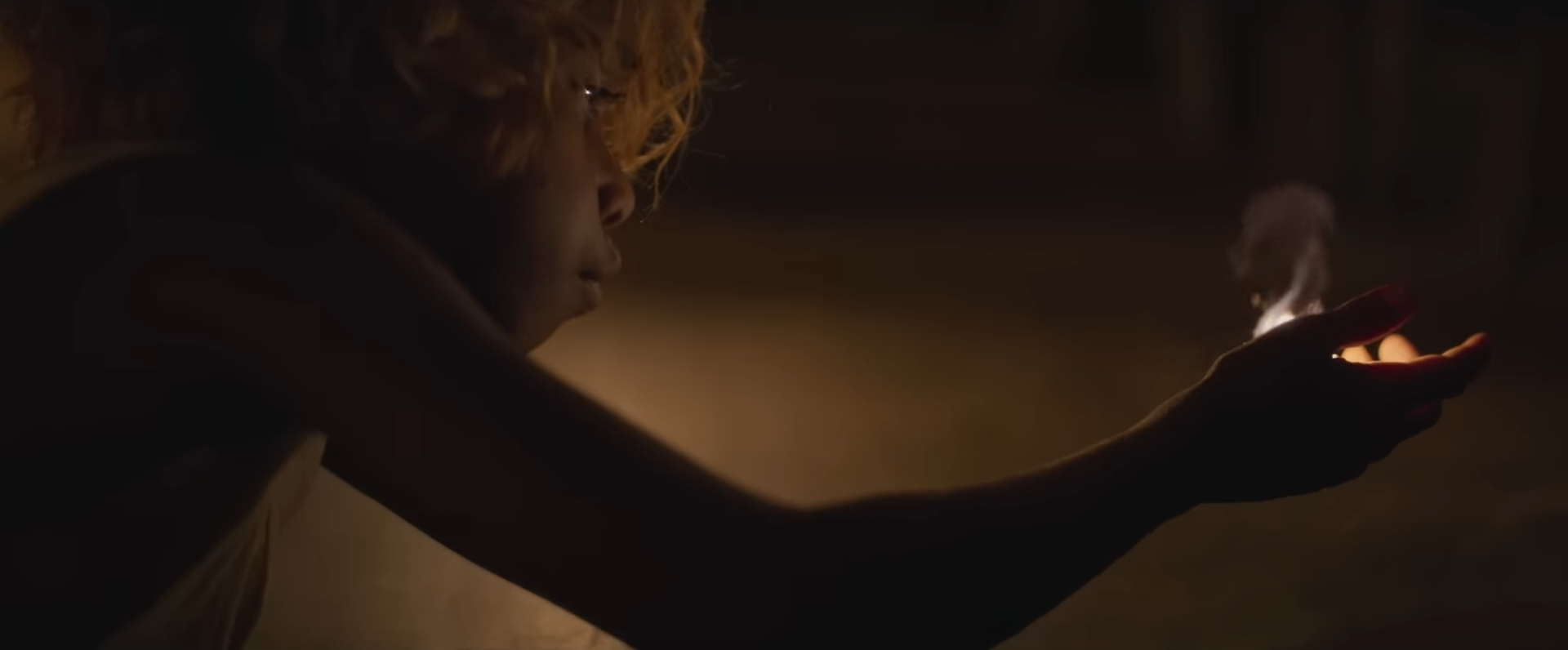
Still, Thornton is never so heavy-handed in his narrative as to confirm the reality of the new boy’s power. For every miracle he performs, there is often a level of ambiguity regarding whether we are simply looking at the world through his eyes, just as Sister Eileen is starting to do. As his erratic behaviour and her uncertainty grow in the film’s final act, Thornton fully unleashes the surrealism he has been teasing all along, moving through long passages with minimal dialogue, and replacing it with sharp, visual storytelling of the growing rift between the two faiths. Long, dreamy dissolves marvellously bridge gaps in time that seamlessly disappear, and slow-motion photography achieves the inverse in dragging it out, all while the figure of Christ in the church appears to move in response to the new boy’s visits.
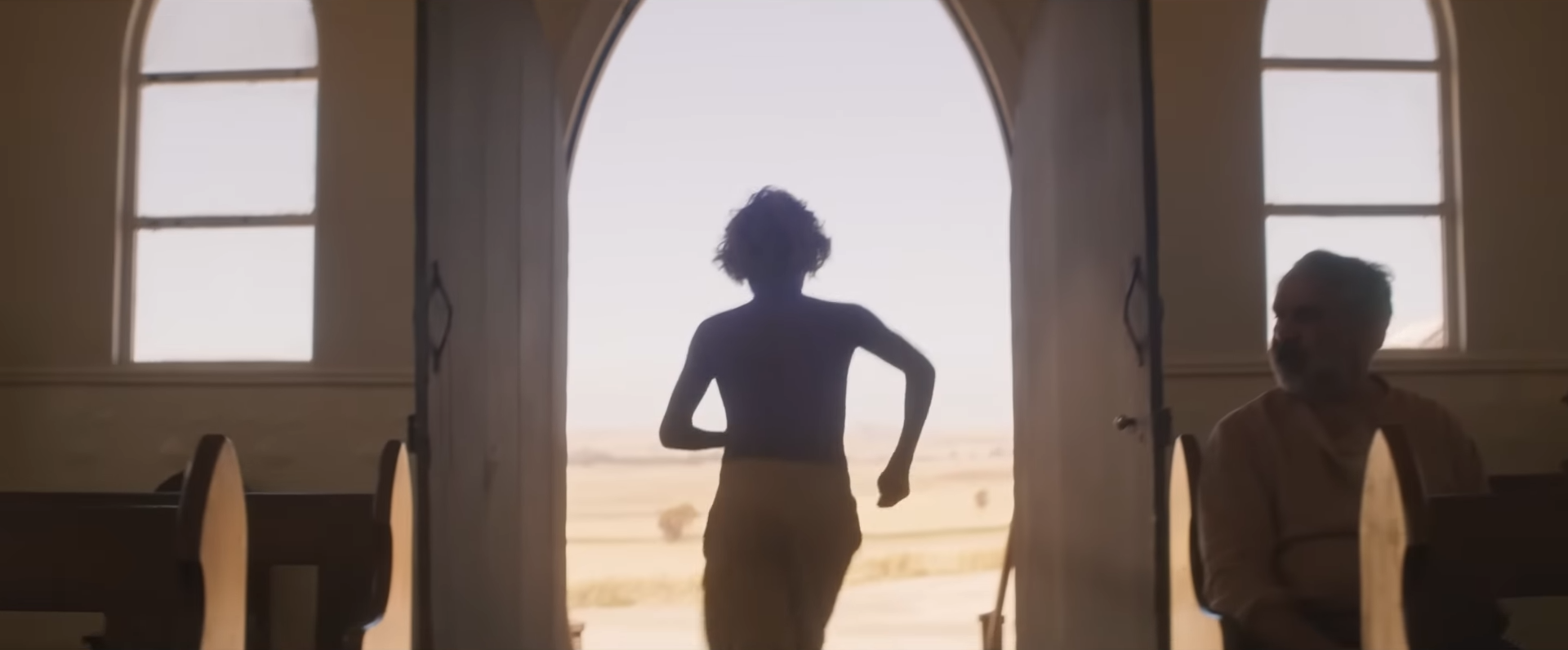
This elusive symbolism may be one of Thornton’s great strengths, especially when it comes to the melancholy resolution of this colonial fable. That said, there does come a point in its very last scene when it manifests more as vagueness, unsure of where to place its final word. In moments like these, The New Boy feels a little half-complete, not quite shading in its characters or story enough to let either reach their full potential, though the image of cultural and religious assimilation they project is nonetheless compelling. There is no divinity to be found at all in the rigid boundaries set by organised religion, Thornton posits in the closing minutes of his ethereal, psychological drama, and most of all within the kind that seeks competition and dominance instead of coexistent harmony.
The New Boy is currently playing in theatres.
